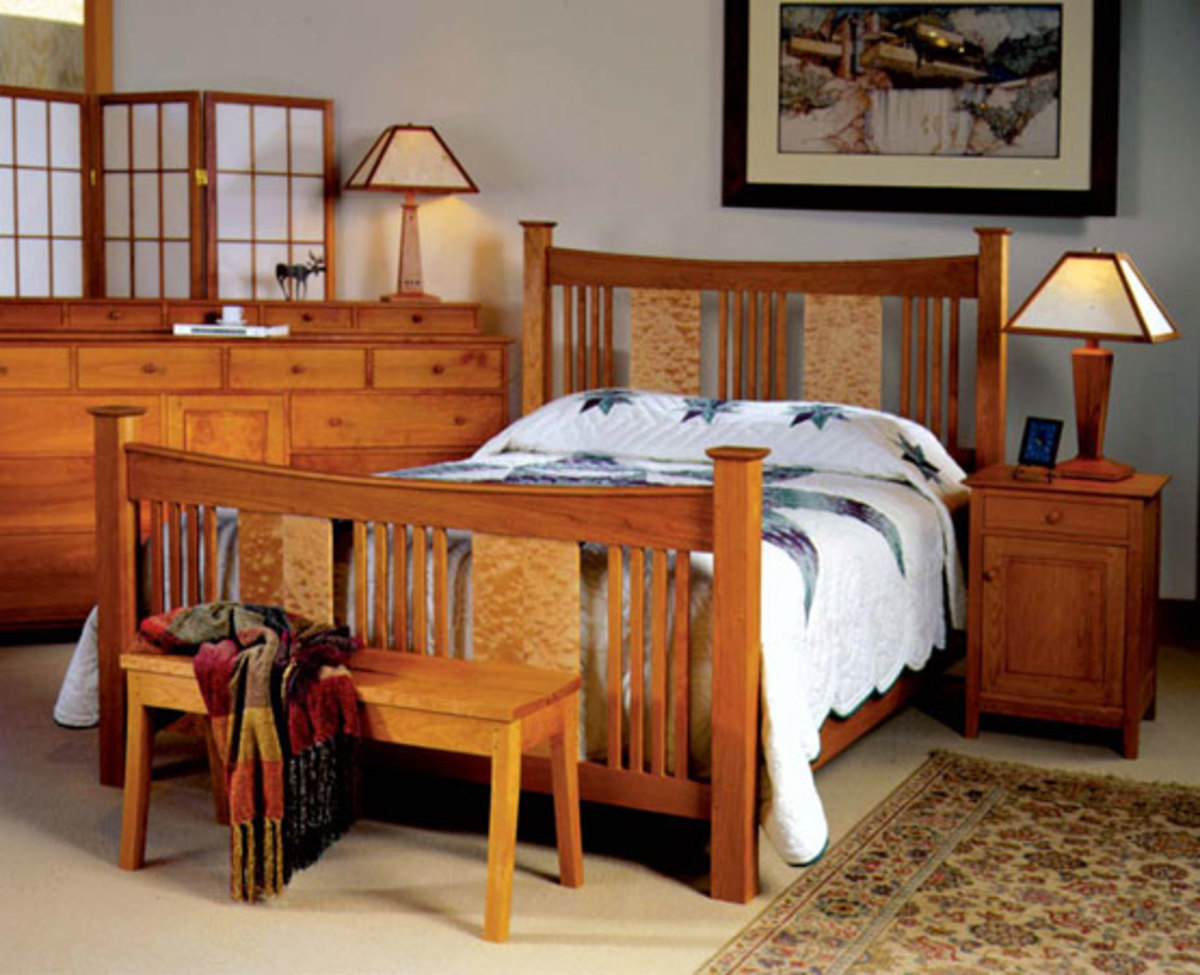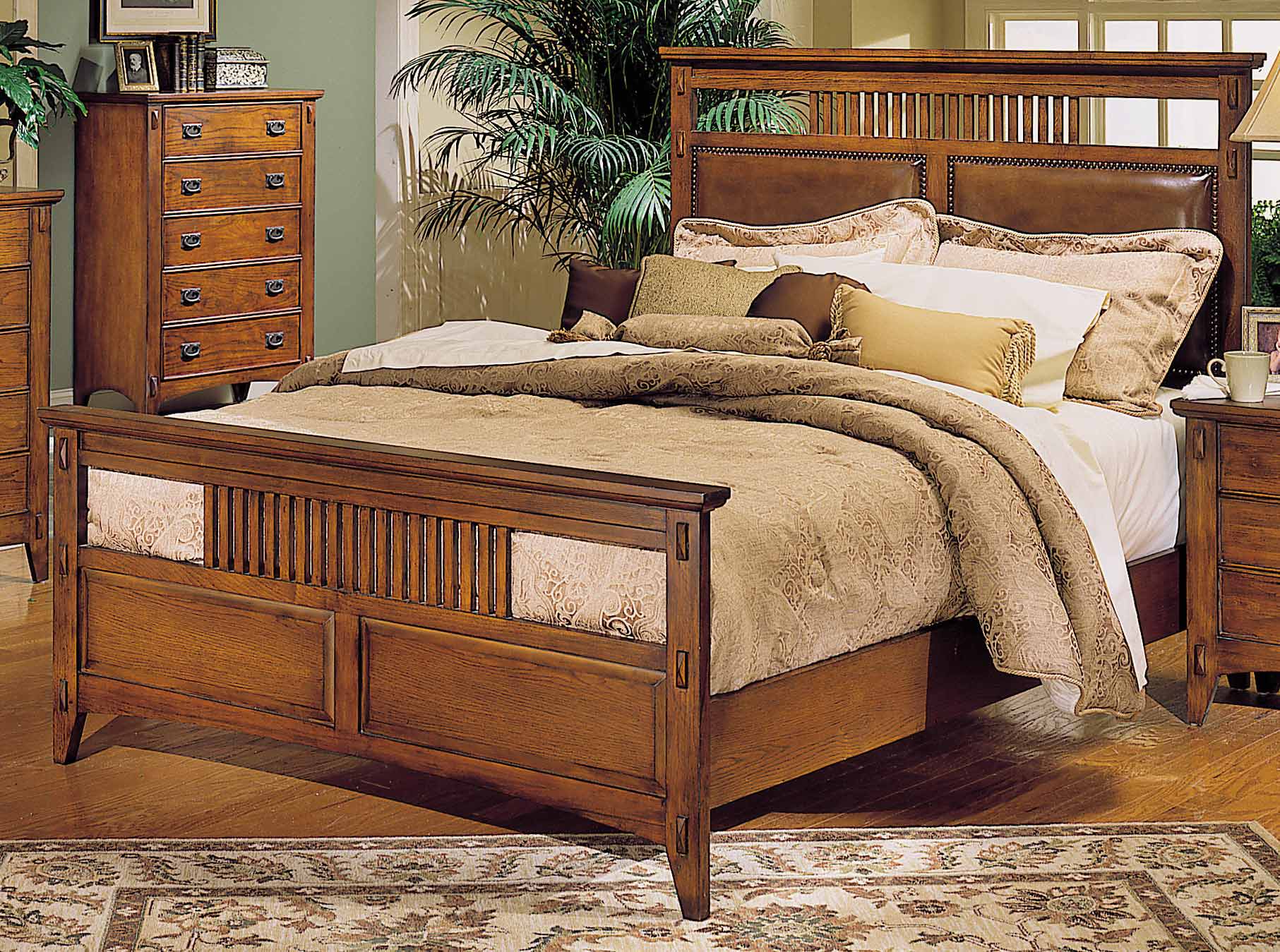The Allure of Arts and Crafts Style Furniture

The Arts and Crafts movement, which emerged in the late 19th century, was a reaction against the industrialization and mass production that characterized the Victorian era. It championed handcrafted objects, emphasizing both beauty and functionality. This movement’s influence on furniture design is still evident today, as Arts and Crafts furniture continues to be admired for its timeless elegance and enduring appeal.
The Historical Context and Origins of the Arts and Crafts Movement
The Arts and Crafts movement arose in England in the 1880s, driven by a group of artists, designers, and writers who sought to reform the prevailing aesthetic standards of the time. They were critical of the industrial revolution’s impact on craftsmanship and design, advocating for a return to traditional methods and materials. Leading figures in this movement included William Morris, John Ruskin, and Charles Rennie Mackintosh. Their shared belief was that beautiful and functional objects could be created through skilled craftsmanship and the use of natural materials.
Key Design Principles and Aesthetic Values of Arts and Crafts Furniture
Arts and Crafts furniture embodies a distinctive set of design principles that distinguish it from other styles. These principles include:
- Emphasis on craftsmanship: The movement championed handcrafted furniture, valuing the skill and artistry of the maker. This is reflected in the meticulous attention to detail, the use of traditional joinery techniques, and the often visible hand-worked surfaces.
- Natural materials: Arts and Crafts furniture predominantly utilizes natural materials such as wood, leather, and metal. These materials were chosen for their beauty, durability, and inherent qualities. Oak, mahogany, and cherry were particularly favored for their rich grains and textures.
- Simple and functional forms: Arts and Crafts furniture emphasizes simple, geometric forms and avoids excessive ornamentation. The focus is on functionality and practicality, with each piece designed to serve a specific purpose. The furniture’s forms often reflect the natural world, incorporating organic curves and flowing lines.
- Emphasis on the handmade: Arts and Crafts furniture often showcases the handmade nature of the object. This can be seen in the visible joinery, the hand-carved details, or the unique patina that develops over time.
Iconic Arts and Crafts Furniture Pieces and Their Designers
Several iconic Arts and Crafts furniture pieces have become enduring symbols of the movement’s aesthetic. These include:
- The Morris Chair: Designed by William Morris, the Morris Chair is a quintessential Arts and Crafts piece. It features a simple, sturdy construction, a high back, and a comfortable, padded seat. The chair’s design emphasizes functionality and comfort, while also showcasing the beauty of natural materials.
- The Arts and Crafts Table: This type of table typically features a simple, rectangular or oval shape, with a sturdy base and a smooth, hand-finished top. The table’s design is both elegant and functional, making it suitable for a variety of purposes.
- The Mackintosh Chair: Designed by Charles Rennie Mackintosh, this chair is known for its distinctive geometric form and its use of simple, clean lines. The chair’s design embodies the Arts and Crafts movement’s emphasis on functionality and simplicity, while also showcasing Mackintosh’s unique aesthetic vision.
The Enduring Appeal and Relevance of Arts and Crafts Style in Contemporary Interiors
Arts and Crafts furniture continues to hold relevance in contemporary interiors due to its timeless elegance, enduring quality, and its emphasis on craftsmanship and natural materials. The movement’s focus on functionality and simplicity resonates with modern sensibilities, while its use of natural materials aligns with current trends towards sustainability and eco-consciousness.
Crafting the Perfect Arts and Crafts Bedroom

The Arts and Crafts movement, born in the late 19th century, emphasizes handcrafted furniture and decor with a focus on natural materials and functionality. This aesthetic translates beautifully into the bedroom, creating a space that is both calming and inspiring.
Bedroom Layout, Arts and crafts style bedroom furniture
An Arts and Crafts bedroom layout prioritizes functionality and flow. The focus is on creating a space that is both inviting and practical. A key element of this approach is the use of furniture that serves multiple purposes. For example, a bed with built-in storage can eliminate the need for a separate dresser, while a writing desk can double as a vanity.
Essential Furniture Pieces
The following furniture pieces are essential for an Arts and Crafts bedroom:
- Bed: The bed is the focal point of the room, and it should be chosen for its comfort and functionality. An Arts and Crafts bed typically features a simple design with a headboard and footboard made of solid wood. The bed should be large enough to accommodate a comfortable mattress and bedding.
- Dresser or Chest: A dresser or chest provides storage for clothing and other belongings. Look for a piece with drawers that are spacious and easy to open and close. Solid wood construction is ideal, and the design should complement the bed.
- Nightstands: Nightstands are essential for keeping personal items within reach. Choose nightstands with drawers or shelves for storage, and make sure they are tall enough to accommodate a lamp. Solid wood nightstands with simple designs are ideal.
- Desk: A desk is a practical addition to any bedroom, providing a space for working, reading, or writing. An Arts and Crafts desk typically features a solid wood top and simple lines. Consider a desk with built-in drawers or shelves for storage.
- Chair: A comfortable chair is essential for relaxing in the bedroom. Look for a chair with a solid wood frame and upholstered seat and back. A wingback chair or an armchair with a high back is a good choice.
- Mirror: A mirror can help to brighten and enlarge the bedroom. Choose a mirror with a simple frame made of wood or metal. A full-length mirror is ideal for getting dressed.
Color Palette and Material Choices
An Arts and Crafts bedroom is characterized by a warm and inviting color palette. Natural tones such as browns, greens, and blues are often used, creating a sense of calm and serenity. Earthy hues, like burnt orange, ochre, and sage green, are also popular choices.
- Natural Materials: Natural materials such as wood, leather, and wool are essential for an Arts and Crafts bedroom. These materials add warmth and texture to the space, creating a sense of comfort and authenticity.
- Handcrafted Details: Handcrafted details such as hand-carved furniture, woven textiles, and ceramic tiles are important elements of the Arts and Crafts aesthetic. These details add a touch of artistry and personality to the space.
Mood Board
- Image 1: A bedroom with a large, solid wood bed with a simple headboard and footboard. The walls are painted in a warm, earthy tone, and the floor is covered in a natural fiber rug. The windows are draped with simple linen curtains.
- Image 2: A close-up of a hand-carved wooden dresser with simple brass hardware. The dresser is adorned with a few pieces of pottery and a framed print of a nature scene.
- Image 3: A cozy reading nook with a wingback chair upholstered in a warm brown fabric. The chair is placed in front of a window, and a small table beside it holds a lamp and a stack of books.
- Image 4: A bedroom with a large, bay window that is filled with plants. The walls are painted in a soft green hue, and the floor is covered in a natural fiber rug. The room is decorated with a few pieces of handcrafted pottery and woven textiles.
Bringing Arts and Crafts Style to Life: Arts And Crafts Style Bedroom Furniture

The Arts and Crafts movement celebrated handcrafted elements and natural materials, and these principles can be effortlessly incorporated into your bedroom design. By embracing the movement’s core values, you can create a space that is both aesthetically pleasing and functionally sound.
Incorporating Handcrafted Elements and Natural Materials
To achieve a genuine Arts and Crafts feel, prioritize natural materials like wood, leather, and textiles woven from cotton, linen, or wool. These materials have inherent beauty and durability, reflecting the movement’s emphasis on craftsmanship and sustainability.
- Wood: Opt for furniture crafted from solid wood, such as oak, cherry, or walnut. The natural grain patterns and rich colors add warmth and character to the room. Look for pieces with hand-carved details, exposed wood joints, and simple, functional designs.
- Leather: Incorporate leather accents in the form of chairs, ottomans, or headboards. Leather’s natural texture and patina add a touch of sophistication and timeless elegance to the bedroom.
- Textiles: Choose fabrics with natural textures and patterns, such as hand-woven tapestries, linen curtains, and wool blankets. These textiles add warmth, comfort, and a sense of handcrafted artistry to the space.
Key Features and Details of Arts and Crafts Furniture
Arts and Crafts furniture is easily identifiable due to its distinctive features and details. These elements contribute to the movement’s aesthetic and functional principles.
- Hand-carved Accents: Look for furniture with intricate hand-carved details, such as floral motifs, geometric patterns, or stylized animal figures. These carvings add a touch of artistry and craftsmanship to the pieces.
- Exposed Wood Joints: The Arts and Crafts movement emphasized the beauty of natural materials and construction techniques. Furniture often features exposed wood joints, showcasing the craftsmanship and integrity of the piece.
- Intricate Patterns: Arts and Crafts furniture frequently incorporates intricate patterns, such as the iconic “Arts and Crafts” wallpaper designs or woven textiles with geometric or floral motifs. These patterns add visual interest and depth to the space.
Sourcing Authentic Arts and Crafts Furniture and Replicating the Style
Finding authentic Arts and Crafts furniture can be challenging, but there are several ways to source these pieces or replicate the style with modern furniture.
- Antique Shops and Auctions: Explore local antique shops and online auction platforms for vintage Arts and Crafts furniture. These pieces often carry a rich history and are excellent examples of the movement’s aesthetic.
- Specialty Retailers: Some furniture retailers specialize in Arts and Crafts or handcrafted furniture. These stores offer a curated selection of authentic and inspired pieces.
- Modern Replicas: If finding authentic Arts and Crafts furniture is difficult, consider purchasing modern replicas that capture the style’s essence. Look for furniture made from solid wood with simple lines, hand-carved details, and natural finishes.
Incorporating Lighting, Textiles, and Accessories
To complete the Arts and Crafts aesthetic, consider incorporating lighting, textiles, and accessories that enhance the style’s warmth, naturalness, and craftsmanship.
- Lighting: Choose lamps with natural materials like wood or metal and simple, geometric shapes. Consider using stained glass shades for a touch of traditional Arts and Crafts charm. Avoid overly ornate or modern fixtures that clash with the movement’s aesthetic.
- Textiles: Use textiles with natural fibers and textures, such as linen, cotton, or wool. Choose patterns that reflect the Arts and Crafts style, like geometric motifs, floral designs, or stylized animal figures. Avoid overly patterned or brightly colored textiles that distract from the room’s overall aesthetic.
- Accessories: Incorporate handcrafted accessories that complement the Arts and Crafts style, such as pottery, woven baskets, or framed prints of nature scenes. Avoid overly modern or trendy accessories that clash with the movement’s aesthetic.
Arts and crafts style bedroom furniture often evokes a sense of warmth and nostalgia, with its handcrafted details and natural materials. If you’re looking to bring that same rustic charm to your space but want to personalize it further, consider venturing into the world of diy rustic bedroom furniture.
You can repurpose old wood, add unique finishes, and create pieces that perfectly reflect your style, just like the artisans of the arts and crafts movement did.
Arts and crafts style bedroom furniture often features intricate details and a focus on functionality. Just like those charming bedside tables, maximizing space in your bathroom can be achieved with clever design. Check out these DIY built-in bathroom storage ideas for a truly personalized touch, echoing the spirit of handcrafted furniture.